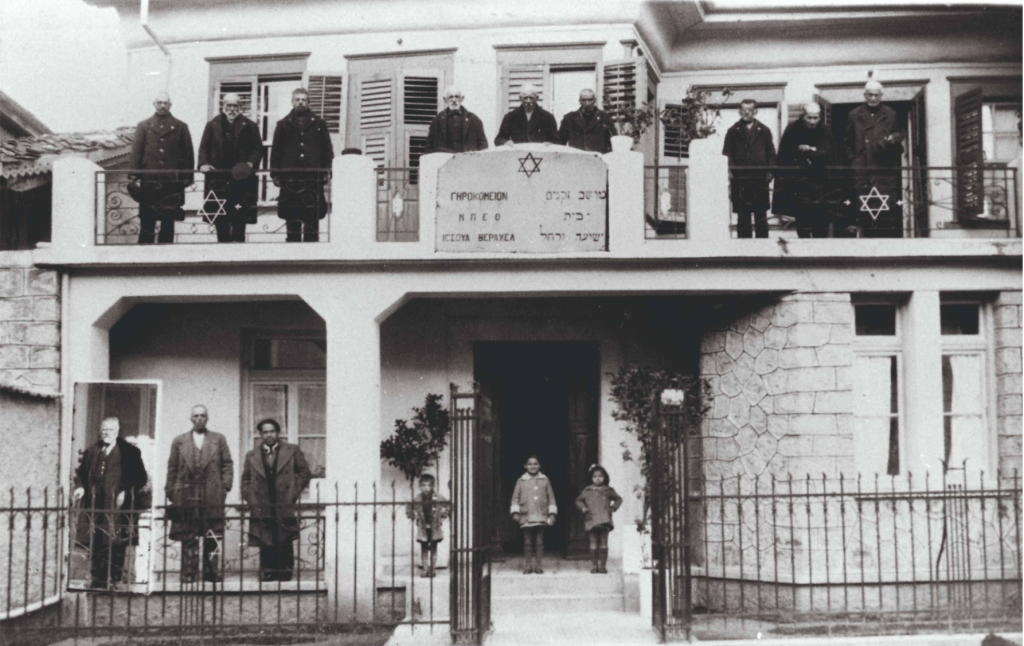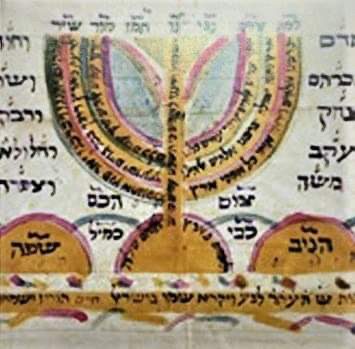
Source of the photograph: The Jewish Museum of Greece, https://www.jewishmuseum.gr
As in all Jewish communities, the strict internal organisation of the Romaniote Community of Ioannina guaranteed its smooth running, especially when under the Ottoman Empire. The rabbi, who bore the title Marbitz Torah from the 16th century, was both the religious and administrative leader. He was chosen for his wisdom and sound judgement and there was no specific duration to his term of office. He was assisted in his administrative tasks by the Maamad, a seven-member strong legislative and executive body with authority, a president called the gabbai and a treasurer called the guizbar. He represented the community to the Sublime Porte and other national bodies. There was also a religious court, the Bet Din, which was officially recognised by the Ottoman authorities. It was presided over by the rabbi and dealt with intra-community issues in accordance with Talmudic scripture and common law.
The ordinary everyday life of those in the community was regulated by certain people fulfilling a vocation; among them were the shohet, who slaughtered animals the kosher way; the melamed, or teacher of religion; the shamas, or synagogue caretaker and community land keeper. When the new Greek State came into being and its national institutions gained power, this community organisation still retained some of the important role it had held in the past.
Charity and solidarity, the cornerstones of Judaism, are far removed from any form of self-gain or self-promotion in the community. They are fundamental values, vital to the survival of the community and through its charitable societies they have led to people getting the help they need ever since the middle ages. Thus it is that in the community of Ioannina there are many records of charities. Hevra Kedoshah, an honorary brotherhood of volunteers who oversaw the burial of the dead, was one of the first, as was Bikur Holim, a charity that arranged visits and care for the sick and needy. Community bodies and wealthy individuals saw that religious schools were protected and able to provide canteen meals for needy pupils. There was also Aruhat Aniyim, which distributed school books, stationery and clothing, and Matanot Levionim, which sometimes exempted pupils from school fees. Hevra Talmud Torah, the Jewish Society for Education, was very active in this respect. Then there were charities that supported young mothers and provided dowries for young women of little or no means (Hevra Nose Yetumot). During the Turkish occupation, Pidyon Shevuyim, a charity that collected for the liberation or purchase and release of Jewish slaves, proved absolutely necessary and was active over a wide area. There were also community institutions such as Beth Yeshua ve Rachel care home for the elderly.
Organisations of a community, cultural, political or Zionist nature began to make their appearance in the latter 19th century. The Zionist society Hevra Amele Zion was founded in Ioannina in 1918 for the purpose of spreading propaganda about the need to establish an independent Jewish state in Palestine. It collected money in aid of this mission and helped those who wanted to immigrate to Palestine. The Jewish Youth Society, which brought the young people of the community together, was founded at the same time.
Source of texts and photos: The Jewish Museum of Greece, https://www.jewishmuseum.gr
